Whether we're struggling with stress, anxiety, depression, addiction, trauma or existential angst, most of us are looking for what really helps. To make any change we have to cultivate an awareness of what's happening, and in this awareness we access the possibility of choice to try something different. But while mindfulness is a simple practice, it's not always so easy to practice it in our lives. Our mind pops up with reasons why we're too busy, skeptical or just unmotivated.
Today I want to share with you some evidence that I find highly motivating to get us going with mindfulness, a new resource and offering to help us truly understand how to make mindfulness work in our lives, and a practice to get started now.
One thing that really seems to help a lot of people in getting motivated is understanding the impact we now know it has on the brain:
Did you know that mindfulness practice is showing that we can grow the area of our brain that's responsible for learning and memory (the hippocampus)? So there'll be less of the, "Honey, did you remember where I put my keys?"
Did you know that mindfulness practice is showing a reduction in the fear center of the brain (amygdala) and an increase in the rational brain (prefrontal cortex), so as you practice you rewire a steadier mind?
Did you know that mindfulness practice is being connected to lower depression scores, and we can actually see why in the brain?
Did you know there are areas of the brain we now know are connected to empathy and compassion, and we're seeing growth in those areas too with mindfulness?
This is real evidence.
A New Resource to be Aware of
I want to introduce you to a resource that I've admired for quite some time and offerings they put out: the National Institute for the Clinical Application of Behavioral Medicine (NICABM). Currently, I am on a panel with Marsha Lucas, Ph.D., author of Rewire Your Brain for Love and Ruth Buczynski, Ph.D., president of the (NICABM), talking about a recent mindfulness series that answers some tough questions such as: "How do we introduce mindfulness?" How can we get the unmotivated among us motivated? How to stick with it? And even how to get the busiest of us to integrate it into our day to day so we can still benefit.
The main part of the series is appropriately titled Making Mindfulness Work and includes leaders in the field of mindfulness and psychotherapy like Jack Kornfield, Ph.D., Tara Brach, Ph.D., Zindel Segal, Ph.D., Steven Hayes, Ph.D., Pat Ogden, Ph.D., and even U.S. Representative Tim Ryan (D-Oh.). The topics include accessing compassion, working with difficult emotions, how mindfulness applies to depressive relapse, new ways to apply mindfulness using Acceptance and Commitment Therapy (ACT), the keys of mindfulness in trauma, and even the potential of mindfulness to recapture the American spirit. These are all free to watch when they're posted.
It's always been my intent on this blog to provide you with resources that are practical and can help you actually integrate this meaningfully into your life. The truth is, it's one thing to know about mindfulness, but it's a key step when we begin actually applying it in our daily lives. That's where real change happens.
Remember, the definition of mindfulness is awareness and integrating into our lives is the same as integrating brushing our teeth, it's good mental hygiene. Consider it a form of mental floss, we just bring into our lives for health.
One of my favorite recommendations for the busiest of us is the "Email Meditation":
When you're emailing, email for a certain period of time (e.g., 10, 20, or 30 minutes), and practice "see, touch, go" when your mind or behavior wanders.
"See, touch, go" is something learned earlier in the book, and it simply means when your mind wanders, "see" where it wandered to, "touch" or notice the thought, and "gently go" back to the task at hand. Practicing "see, touch, go" when we're focused on email will strip away any of the wasted attention on self-judgment or any other distracting thoughts and get you back to the task with greater focus, making your more productive and less stressed.
STOP
Whether you've practiced it before or not, give yourself the gift or practicing right now, then go ahead and bring it to the tasks at work, even your email.
Reading it here is one thing, going deeper through a book is another thing, and sometimes it's good to hear people who have been steeped in it for many years talk about it.
As always, please share your thoughts, stories and questions below. Your interaction creates a living wisdom for us all to benefit from.
For more by Elisha Goldstein, Ph.D., click here.
For more on GPS for the Soul, click here.